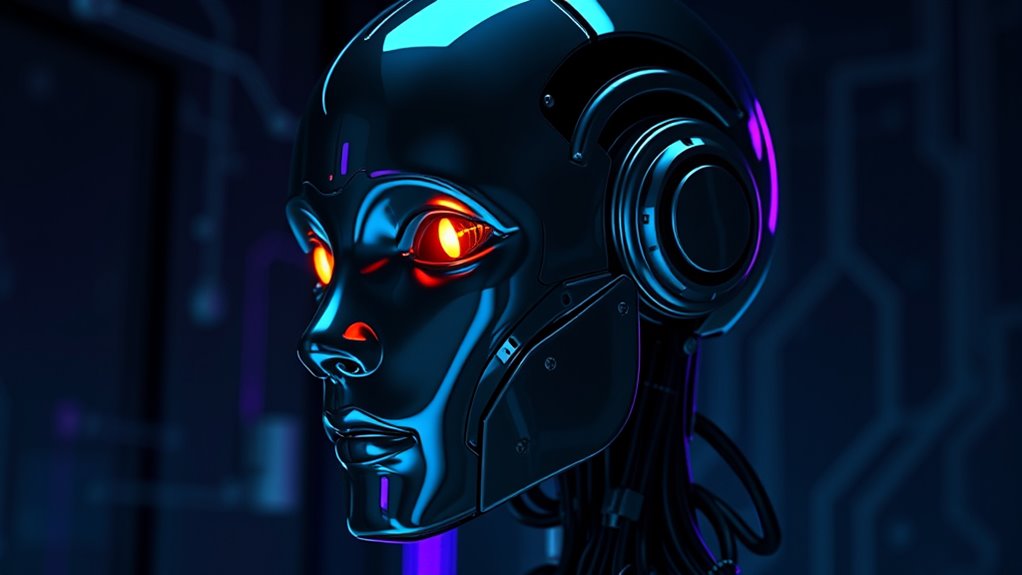Mystery surrounds a type of technology called Black Box AI. This kind of artificial intelligence is a puzzle because no one can see how it works inside. People know what goes into it and what comes out, but the process in between stays hidden. It’s like a magic box that gives answers without showing how it got them. Black Box AI often uses deep neural networks, which are super complex with thousands of tiny connections, making it tough to figure out.
Black Box AI is a captivating enigma, hiding its inner workings while delivering answers like a mysterious magic box. How does it decide?
These systems rely on deep learning to study huge amounts of data. They find patterns and make decisions on their own, but even the creators can’t fully explain how. You can’t peek inside to see the steps it takes. This opacity, or lack of clarity, is called the “black box problem.” It’s the opposite of explainable AI, where decisions are clear and easy to understand. With Black Box AI, the reasoning behind outputs stays a mystery. This lack of transparency can also hide potential biases or errors in the system, making trust even harder to establish hide potential biases.
This hidden nature brings challenges. Since no one knows how decisions are made, it’s hard to trust the results completely. If something goes wrong, fixing errors or debugging the system isn’t easy. There’s also a worry about accountability. Who’s responsible if the AI makes a bad call? Ethical questions pop up too, as using a system no one understands can feel risky. Moreover, the complexity of these models often leads to security flaws that can be exploited by malicious actors security flaws exploited.
Black Box AI shows up in everyday life. It’s in facial recognition on phones, voice assistants like Alexa, and chatbots online. Even job screening tools use it to pick candidates, and industries like finance or healthcare depend on automated systems powered by this tech. People interact with it daily without knowing how it decides things. Achieving reliability in these systems is an ongoing challenge due to their opaque nature ongoing reliability challenge.
There’re ways to try and understand these systems, though. Methods like sensitivity analysis or feature visualization give small clues about what’s happening inside. Researchers keep working on ways to make Black Box AI clearer.
For now, it remains a powerful but mysterious tool. Its complexity drives innovation, yet the lack of transparency keeps many questions unanswered. The world watches as experts tackle this enigma, hoping to shed light on the hidden workings of AI.









